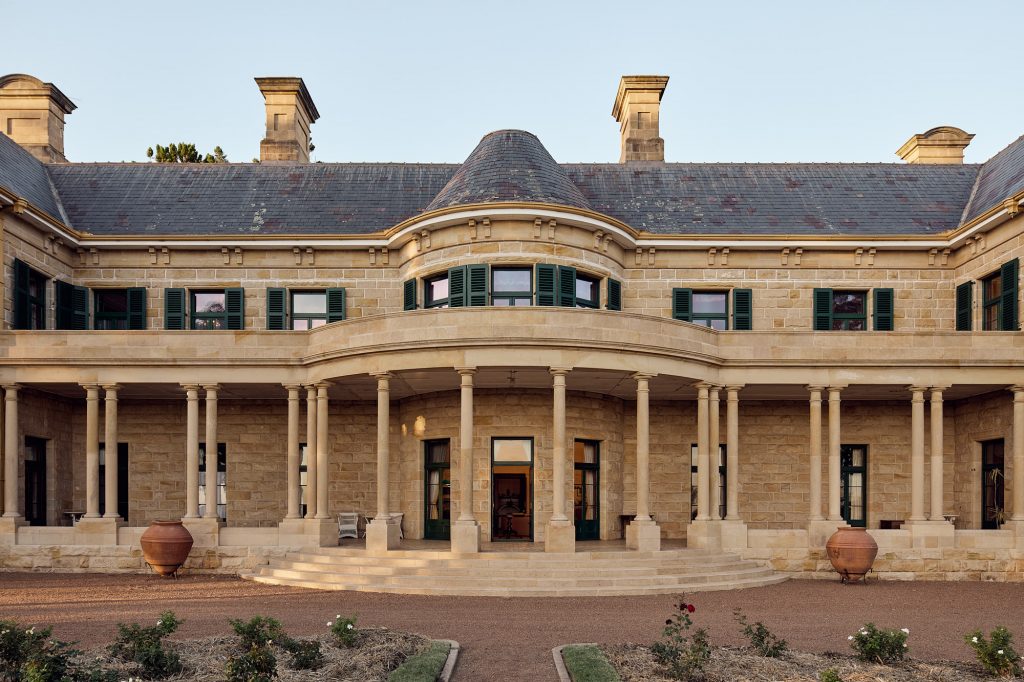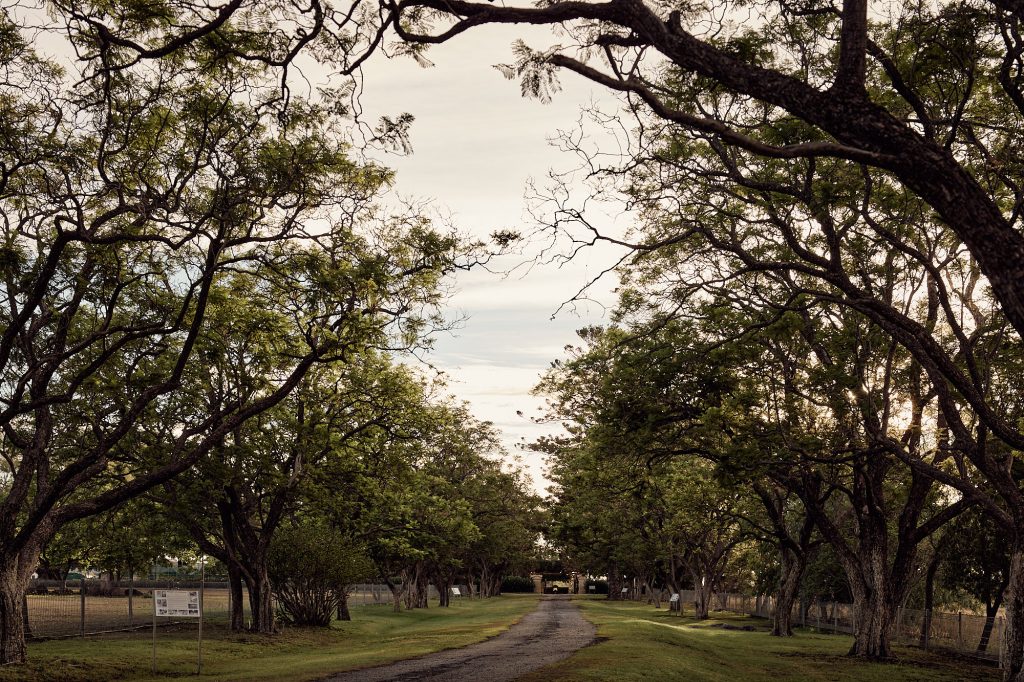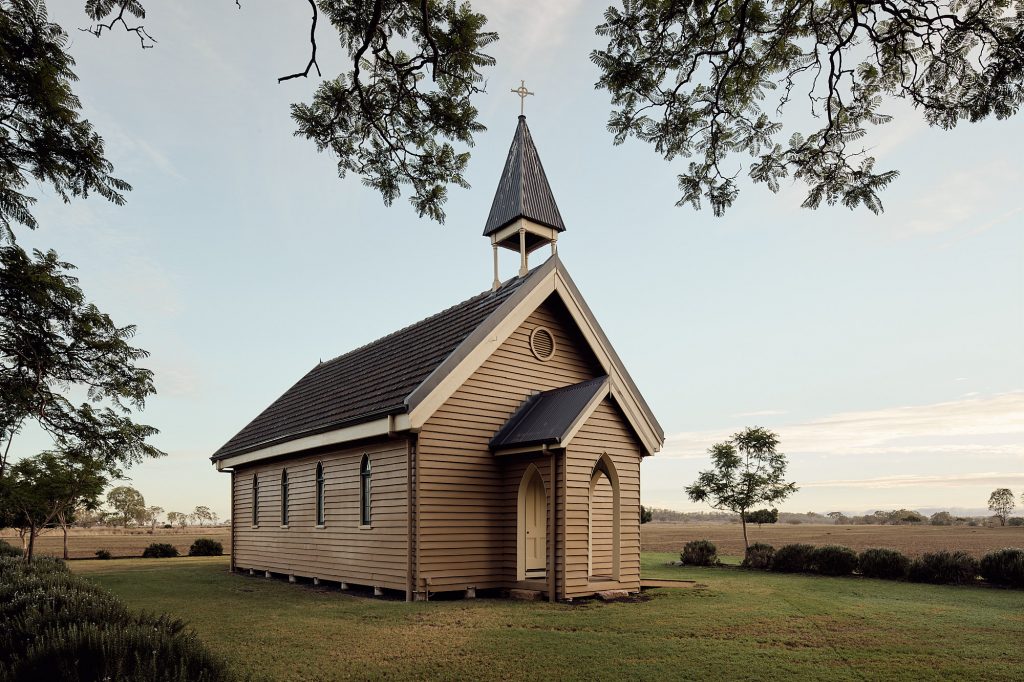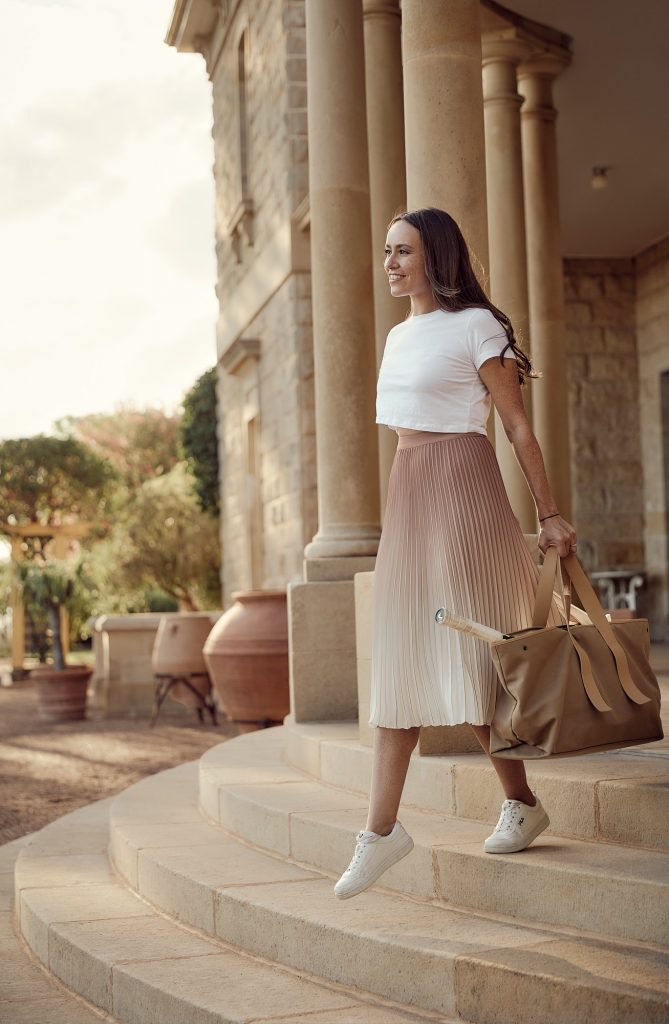Our place in the
land of ‘white clouds’
Our
history
Much conjecture remains as to the meaning of Jimbour’s name. The Barungam Aboriginal people native to the region referred to it as Gimba, meaning white clouds. It could also be translated to mean good pastures. Luckily, Jimbour is blessed with both. But the long and storied history of Jimbour entwines and aligns with the history of European settlement in both the Darling Downs, and in Greater Queensland.
A journey
through time
1841
Jimbour Station came into existence in 1841 when Henry Dennis settled in the area and took up the Jimbour run on behalf of the first owner, Richard Scougall, who had come to Australia from Scotland in 1832.
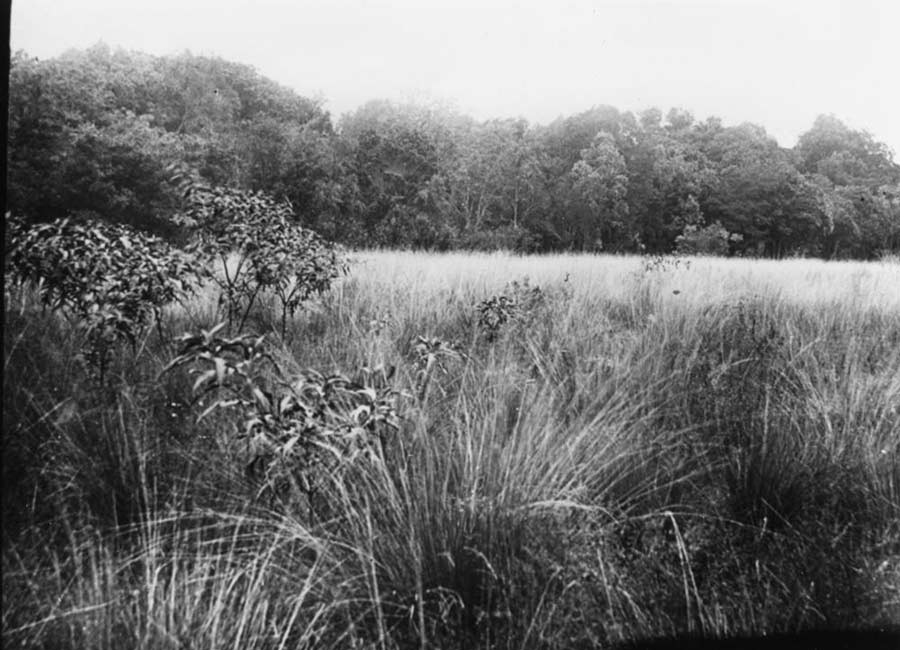
1844
It cost 3,200 pounds. Thomas established a flock of 11,000 sheep and 700 head of mixed cattle, making it the first fully stocked station on the Darling Downs. Thomas left the management of the station to Henry Dennis, who built a slab hut – the first building at Jimbour.
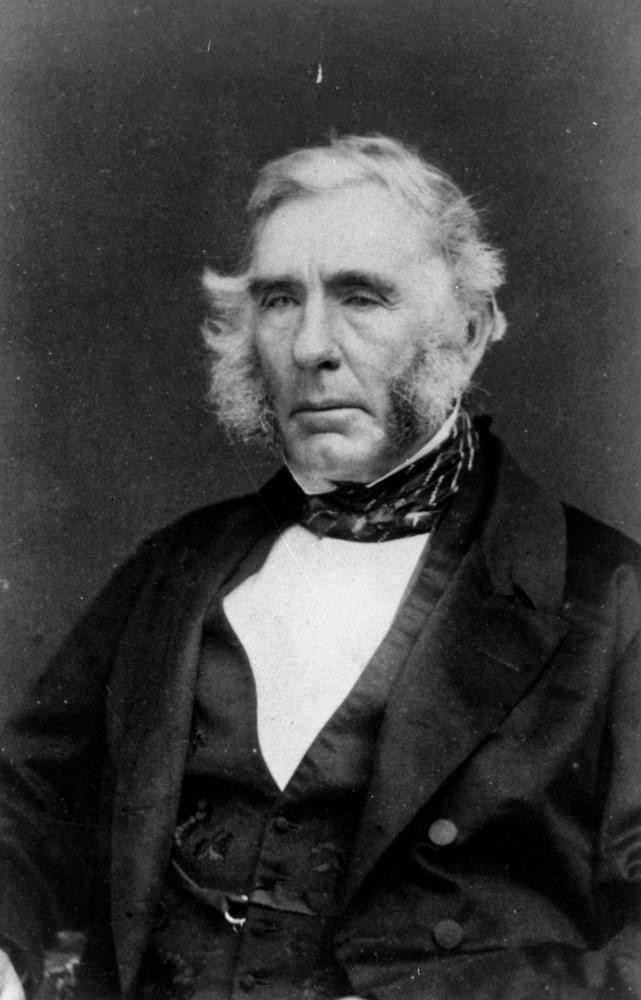
1844
Explorer Ludwig Leichhardt stayed at Jimbour in the slab hut, before commencing his famous exploration trek across western Queensland, opening up the inland to eventually arrive at Port Essington in the Northern Territory.
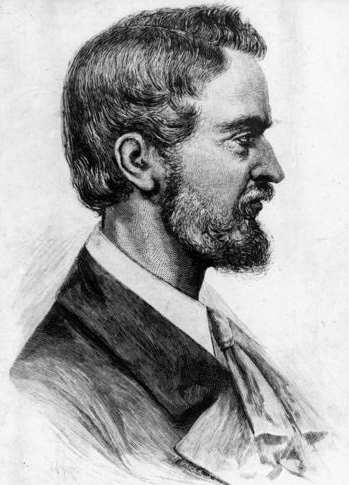
1870
Thomas Bell built a two-storey residence for the family, of blue stone and cedar. The lower storey of this house still stands today.
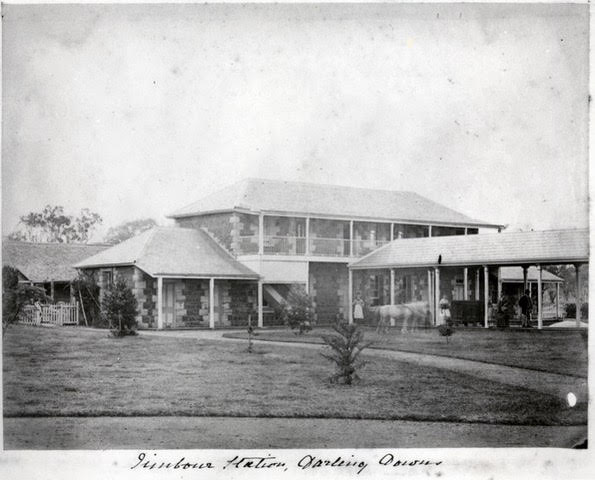
1874
Thomas Bell passed away and his son Joshua Peter became the manager of Jimbour. By this time, Joshua Peter was well on his way to making a name for himself and Jimbour, having been initial President of both the Queensland Turf Club and the Queensland Club, and a member of Parliament and Senior Minister.
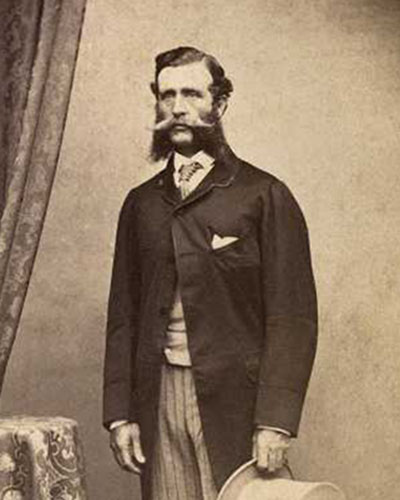
1875-1877
The current (and third) homestead on the property was constructed over a two-year period. 200 workmen worked on the project, whose total cost was 30,000 pounds – a colossal sum in those days.
1879
Joshua Peter was knighted and his distinguished political career was recognised. His political achievements included Member for West Moreton, Treasurer in the Herbert Ministry, Minister for Lands, Speaker, President of the Legislative Council and acting Governor of Queensland.
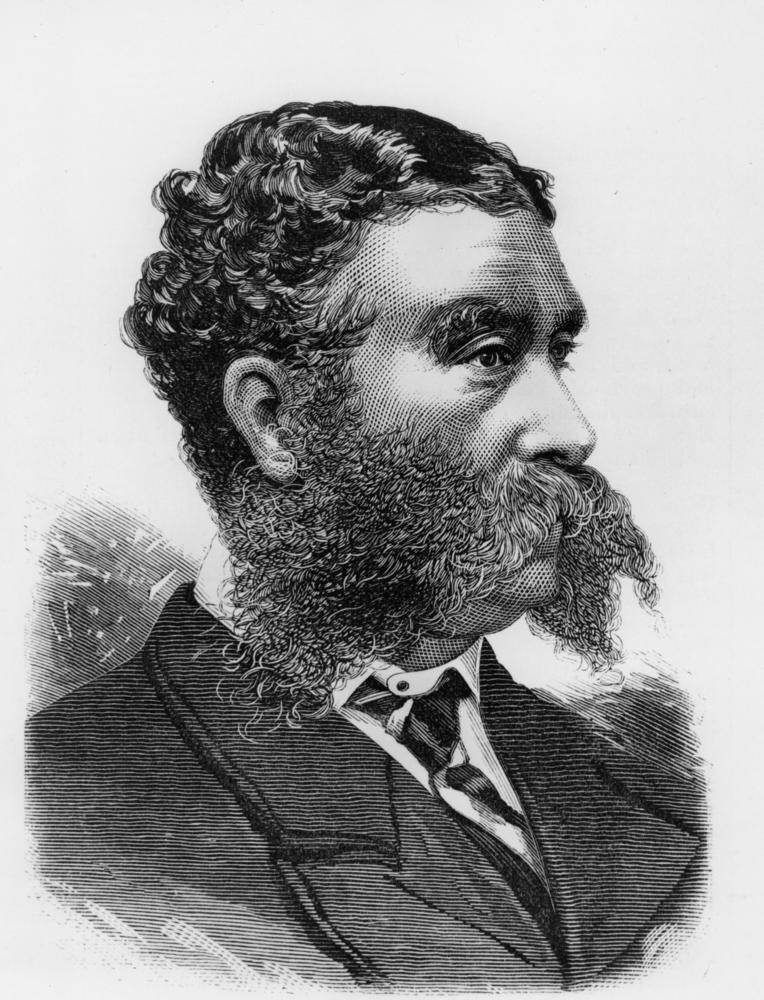
1881
Before Sir Joshua Peter’s death in 1881, he separated ownership of Jimbour House from the station and merged his pastoral interests to form the Darling Downs and Western Lands Company. This proved the undoing of the Bell Family fortunes.
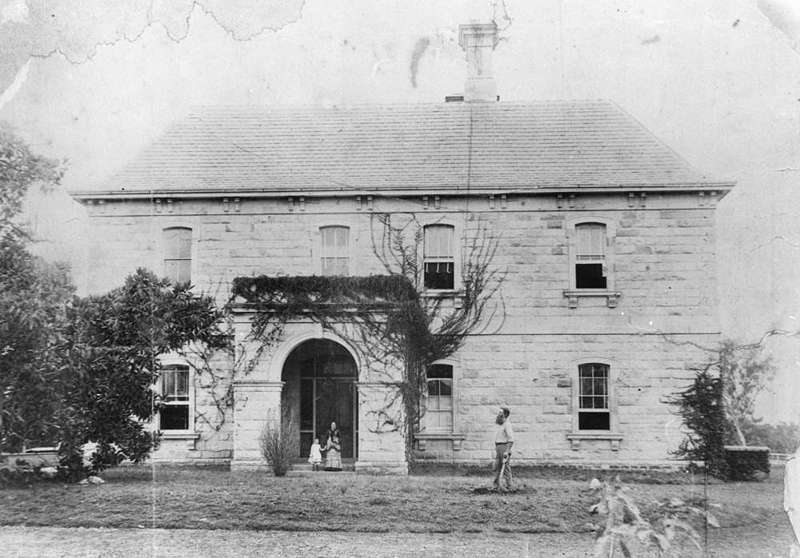
1893
Joshua Thomas Bell elected as member for Dalby, subsequently holding the offices of Minister for Lands, Minister for Railways and Speaker of the Legislative Assembly. In the first of these capacities, he supervised the repurchase of Jimbour by the Crown from the Darling Downs and Western Lands Company and its division for closer settlement.
1912
Following the passing of Joshua Thomas Bell in 1911, the remainder of the original Jimbour run, including the House, was sold in 1912, Lady Bell relocating to Brisbane. This commenced a period of decline for the House and garden, which continued until 1923.
1923
Wilfred Adams Russell and Millicent Russell purchased Jimbour House and the surrounding property. The House took two years to restore, and was reopened in 1925. In 1926, W.A. Russell was elected as Member for Dalby, holding that office until his passing in 1932.
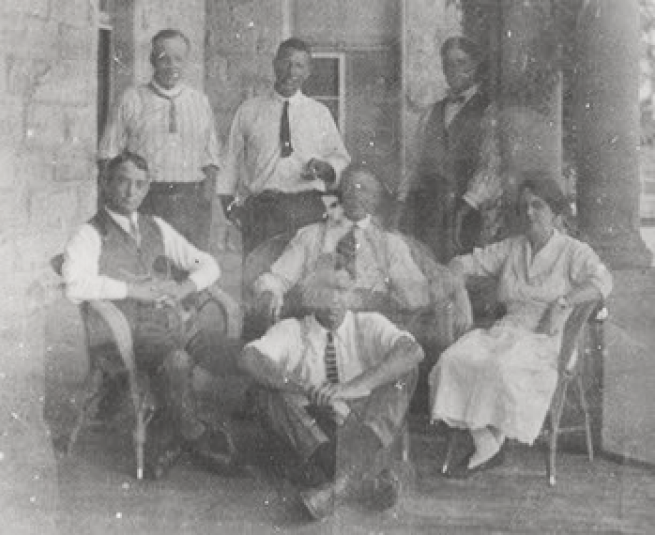
1933
Charles Russell begins Jimbour’s connection with aviation with the purchase of a Beechcraft Stagger Wing aircraft. Under his management, Russell Pastoral Company becomes the largest grain producer and owner of sheep in the State.
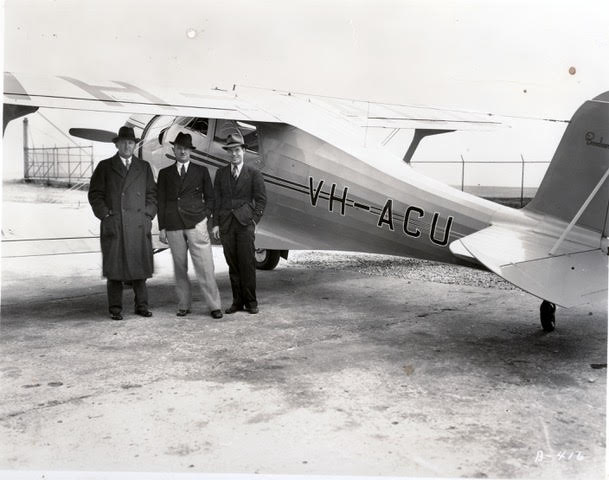
1946-1951
Charles Russell served in State and National Parliaments as member for Dalby and subsequently Maranoa.
1977
Following the passing of Charles Russell, his widow Hilary and son Alec continue to care for Jimbour and engage with the community until her departure in 1997.

2000
A vineyard was added to the Jimbour property.
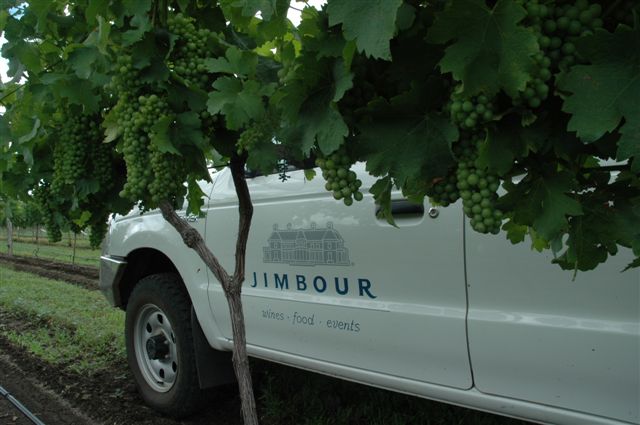
2011
David and Deborah Russell finally completed the family’s renovations to the residence and gardens.
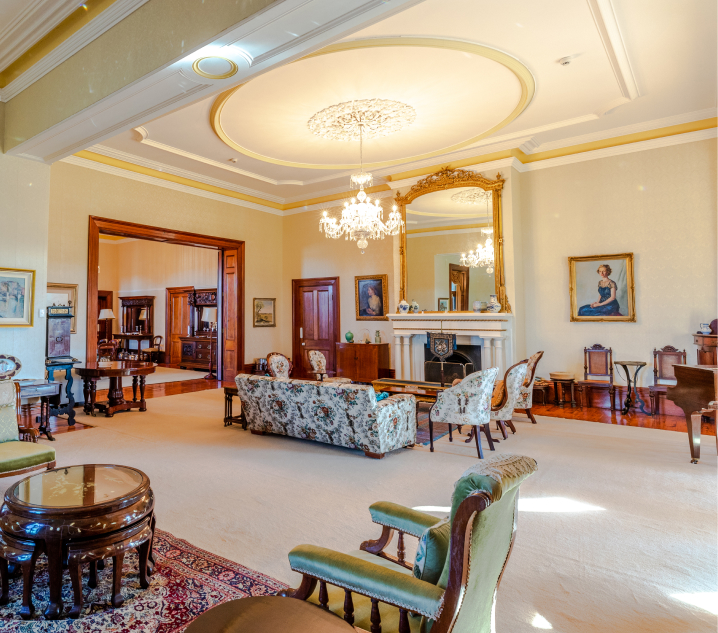
2025
This year will mark the 100th Anniversary of the reopening of Jimbour.
